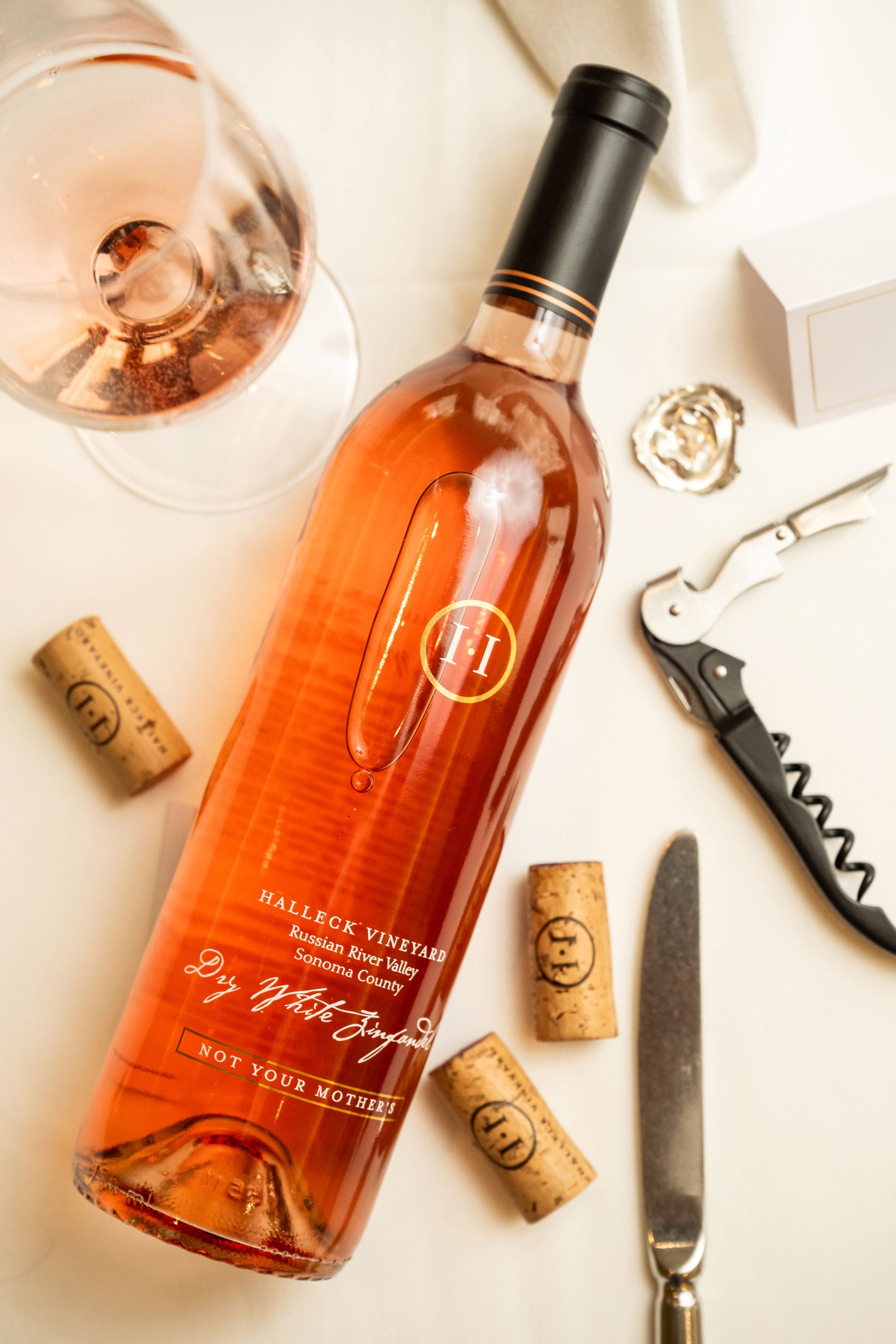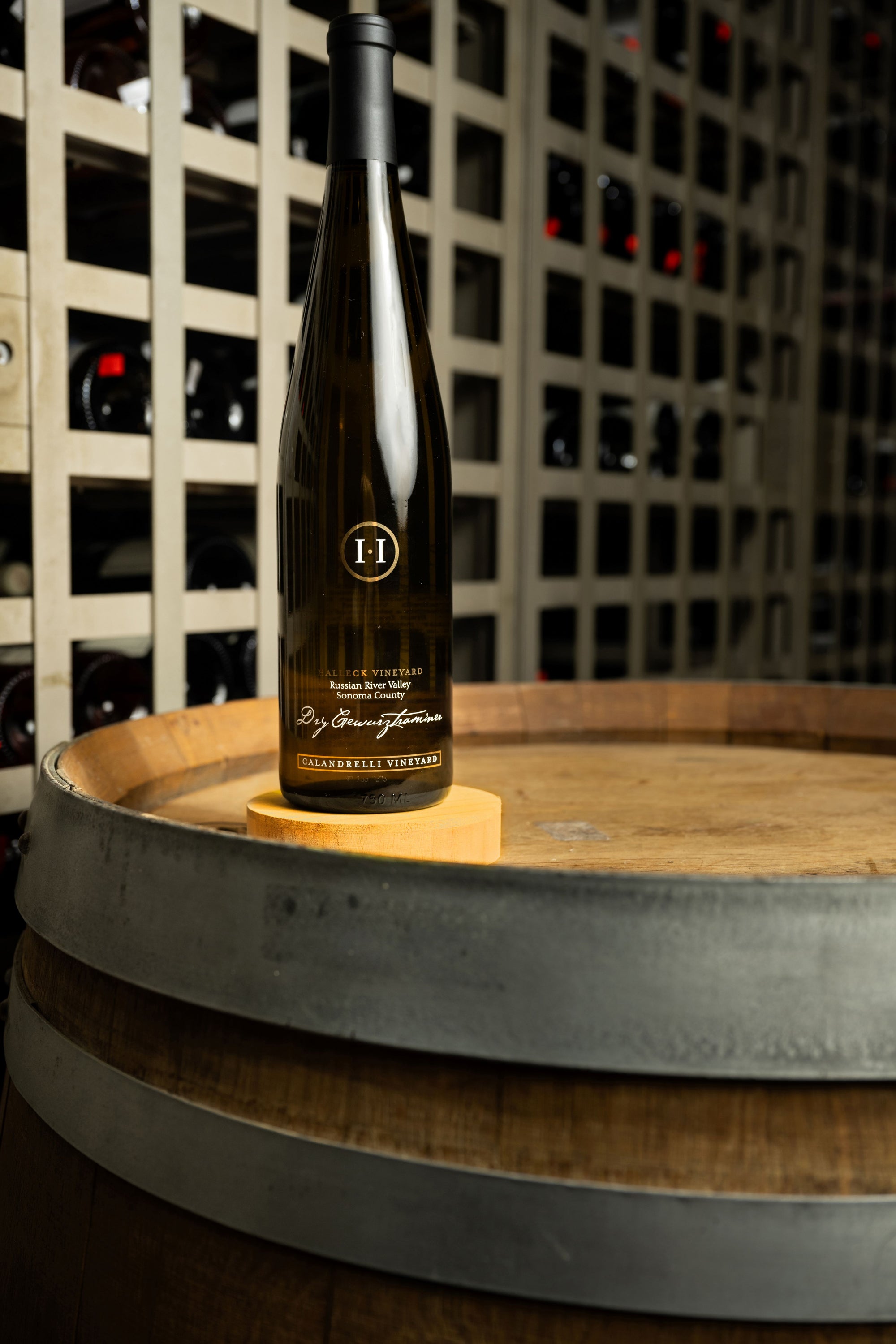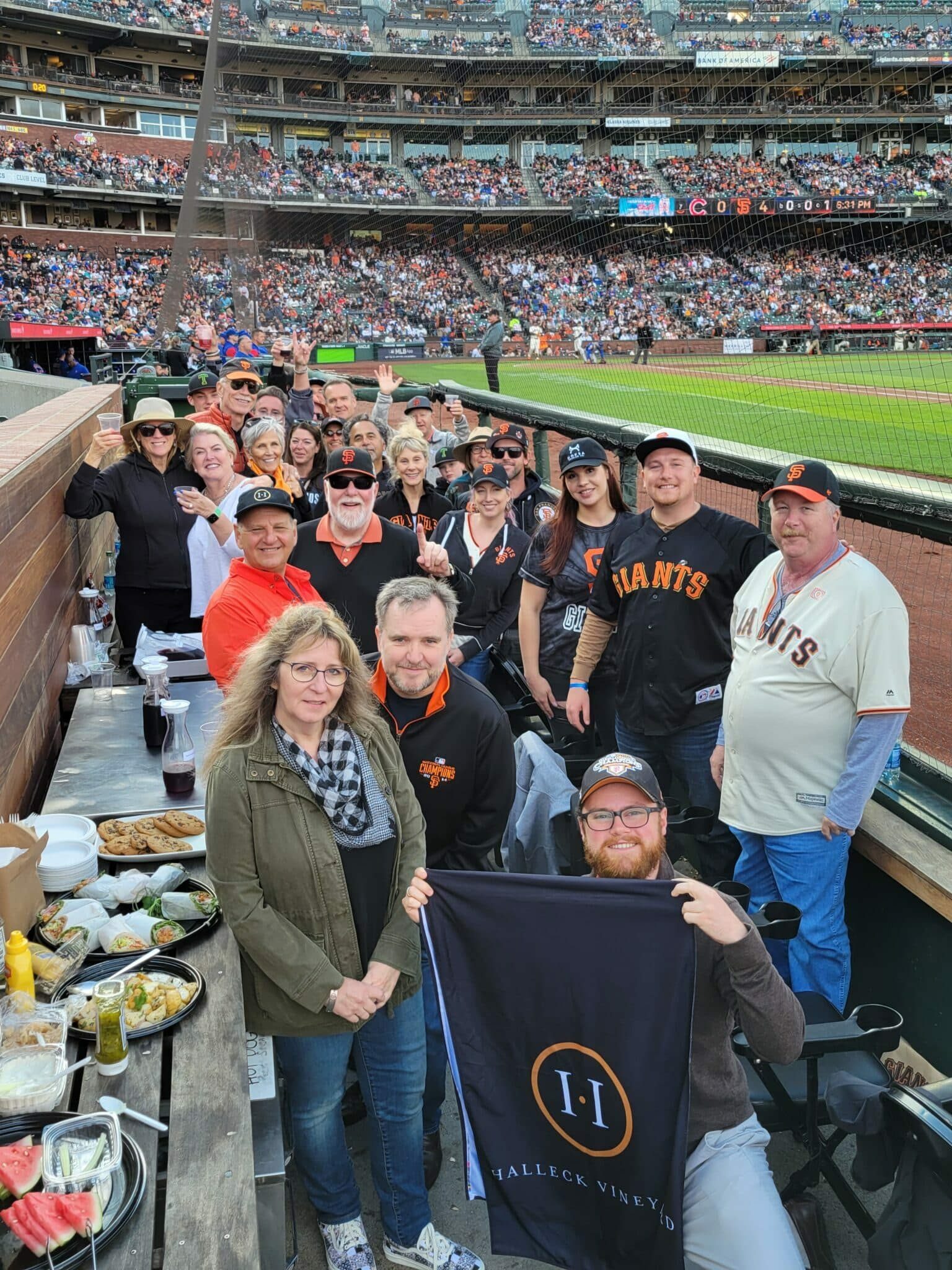Wineries With Artisan Chocolate Pairings In Sonoma - Sonoma's Finest Wineries
Wineries With Artisan Chocolate Pairings In Sonoma - Sonoma's Finest Wineries
Blog Article
Wineries With Outdoor Seating - Sonoma County's Best Wine Experiences
Wine tasting is an art that combines sensory experience with an appreciation for the nuances of different varietals. How to evaluate flavors in winery wine tasting periods is pivotal to grasping the complexities of wine.
Participating in a wine tasting entails more than simply sipping and savoring. It requires a centered approach to identify aromas and flavors that each wine presents. As you start, observe the wine's look, noting its color and readability. These visible cues typically counsel a wine’s age, grape selection, and even potential flavor profiles.
The subsequent step in the tasting process is to swirl the wine in your glass. This motion releases fragrant compounds which are very important for analysis. Lean in and take a second to inhale deeply; the aromas can vary from floral and fruity to spicy and earthy. The nose of the wine is just as essential because the palate, and recognizing scents performs a major role in understanding the general experience.
When taking your first sip, enable the wine to move throughout your palate - Cultural Wine Experiences In Sonoma County. Notice the initial flavors that current themselves. Is the wine fruity, floral, or perhaps herbaceous? This initial style gives perception into what the wine is more likely to express as you continue to judge it. The mouthfeel also contributes to the general flavor experience; it may be silky, tannic, and even effervescent.
Eco-Friendly Wineries In Sonoma County - Unforgettable Wine Tastings In Sonoma
As you proceed tasting, take note of the wine’s balance. A well-balanced wine will harmonize acidity, sweetness, and tannins. If one element overwhelms the others, it'd point out a less desirable quality. Evaluating stability might help you identify how properly the wine may pair with food.
Transitioning to the end, consider how the flavors evolve because the wine lingers in your palate. A long, pleasant finish can indicate a high-quality wine, whereas a brief or abrupt finish might counsel otherwise. Mirror on whether or not the flavors stay constant or if new notes emerge as the wine settles. This progression can reveal complexities and intricacies that might not have been obvious within the preliminary tasting.
Temperature can additionally be a vital factor in evaluating wine flavors. Completely Different kinds of wine are optimally loved at particular temperatures. White wines usually shine when chilled, whereas pink wines typically carry out finest at room temperature. When tasting, ensure the wine is on the acceptable temperature to fully respect its character.
Best Wineries For Wine Tasting In Sonoma - Wine Tasting And Vineyard Tours In Sonoma
Pairing food with wine can greatly improve the tasting experience. Foods can affect the perception of flavors in wine, either highlighting sure characteristics or diminishing them. When evaluating flavors, consider how the wine interacts with completely different foods, noticing which flavors are amplified or muted (Wineries Focusing On Single Vineyard Wines).

Contemplate the affect of terroir as you interact in a winery tasting. Terroir encompasses the distinctive environmental factors that affect grape rising, including soil composition, local weather, and geography. Understanding a wine's terroir can provide perception into its flavors and aromas, fostering a deeper appreciation for the choices made throughout its cultivation and production.
Training performs a elementary role in enhancing one's ability to evaluate wine flavors. Learning about grape varieties, wine areas, and production strategies can pave the means in which for more informed judgments throughout tastings. Additionally, attending workshops or classes can refine sensory skills and increase your flavor vocabulary, enabling you to articulate tasting notes extra effectively.

Lastly, it's essential to remember that evaluating wine flavors is a extremely personal experience. Individual preferences and perceptions will invariably shape one’s tasting journey. Enjoyment must be at the forefront, with the analysis course of appearing as a software to enhance understanding and appreciation rather than create rigid guidelines.
Vineyard Tours With Guided Tastings In Sonoma - Best Wineries In Sonoma For A Wine Experience
In conclusion, mastering tips on how to evaluate flavors in winery wine tasting classes involves a mixture of sensory engagement, information, and practice. By learning to identify aromas, assess the balance, and recognize the intricacies of flavor, wine enthusiasts can deepen their connection to each bottle they encounter. As with any art type, the extra one immerses themselves in the experience, the extra they'll uncover and enjoy the vast world of wine.
- Start by observing the wine's colour and clarity, as these visible components can hint at its flavor profile and aging potential.
- Swirl the wine gently in your glass; this releases aromatic compounds, permitting you to higher identify the advanced scents associated with the wine.
- Take a deep inhale earlier than tasting, focusing on both major and secondary aromas to collect insights on fruits, spices, and different nuances.
- When tasting, allow the wine to coat your palate; note the preliminary flavors, the mid-palate complexity, and the end as these levels can provide completely different flavor highlights.
- Pay attention to texture and mouthfeel, as features such as tannin ranges, acidity, and sweetness contribute considerably to the overall tasting experience.
- Evaluate flavors in opposition to normal wine traits; for purple wines, think about berry notes, oak influence, and herbal tones, whereas whites might embrace citrus, stone fruits, and floral hints.
- Take notes through the tasting session to trace your impressions, helping you to recollect and evaluate the completely different wines sampled.
- Discuss your findings with fellow tasters or winery employees, as sharing insights can improve understanding and appreciation of particular person flavors.
- Allow time for the wine to breathe; generally, flavors evolve and reveal new dimensions after being uncovered to air.
- Experiment with food pairings during the tasting as they'll dramatically alter how flavors are perceived, influencing overall enjoyment.undefinedWhat ought to I search for when evaluating the aroma of wine throughout a tasting?
Begin by swirling the wine in your glass to release its aromas. Convey the glass to your nostril and take a deep breath. Pay attention to the first scents you detect, as these are sometimes probably the most prominent. Look for fruit, floral, natural, or earthy notes and try to determine particular traits, which is in a position to deepen your understanding of the wine's complexity.
Intimate Wine Tasting Experiences In Sonoma - Sonoma Wine Tasting Spots

How can I distinguish between completely different flavor profiles in wine?
Understand that flavor profiles are sometimes categorized as fruit, floral, herbaceous, spicy, or mineral. Take small sips and permit the wine to coat your palate. Discover the primary flavors that emerge first and the subtle notes that follow. This layering is crucial in distinguishing the wine's characteristics and will help you respect its unique profile.
Wineries In Green Valley - Best Vineyard In Sonoma
What is the importance of the wine's texture in a tasting?

The texture of the wine, also identified as mouthfeel, plays a crucial function in how we understand flavors. Pay attention to whether the wine feels clean, creamy, or gritty. The physique of the wine (light, medium, or full) can enhance or distinction with flavors, offering a more rounded experience during tasting.
How do I assess the stability of flavors in wine?
Balance in wine refers to the concord between acidity, sweetness, tannin, and alcohol. Take a second to evaluate whether or not these parts complement or intervene with each other. A well-balanced wine will have none of its parts overpowering the others, creating a pleasing tasting experience.
Wineries Producing Pinot Noir And Chardonnay - Wineries To Explore In Sonoma Valley
What role article source does temperature play in evaluating wine flavors?
Temperature can significantly influence the notion of flavors. Usually, pink wines are best served slightly beneath room temperature, while white wines get pleasure from being chilled. As the temperature modifications, the aromas and flavors can shift, permitting you to understand different characteristics. It’s important to taste wine at its optimal temperature for true analysis.
Wineries Hosting Seasonal Events - Sonoma Wine Tasting Adventures
How can I improve my tasting skills over time?
Practice is vital to enhancing your tasting skills. Wineries With River Views. Attend tastings, maintain a journal of your experiences, and explore different varieties of wines to broaden your palate. Moreover, learning about wine manufacturing and grape varieties can present context that enhances your analysis process, making you a extra knowledgeable taster.
Is there a particular order by which I ought to style the wines?
Wineries Focusing On Single Vineyard Wines - A Visit To Sebastopol Wineries
Yes, it’s advisable to taste wines from light to full-bodied and dry to candy. This development prevents the stronger flavors from overshadowing the more delicate ones, allowing you to totally respect each wine's traits and nuances with out palate fatigue.
How can I evaluate the aftertaste of wine?
Innovative Wine-Making Techniques In Sonoma Valley - Vineyard Tasting Events In Sonoma County
The aftertaste, or finish, is a vital facet of the wine-tasting experience. After swallowing, content pay consideration to how lengthy the flavors linger on your palate and whether or not they change. A long, pleasant end is usually an indicator of a high-quality wine, whereas a brief or unpleasant end could recommend in any other case.
Why is it necessary to notice the wine’s acidity during tasting?
Acidity contributes to the general freshness and structure of the wine. Pay attention to the tingling sensation in your tongue; greater acidity can improve the wine's liveliness and steadiness out sweetness. Noting acidity helps decide the wine's versatility with food and its aging potential.
What ought to I do if I wrestle to identify particular flavors in wine?
Wineries Known For Their Hospitality - Best Winery In Sonoma For Quality Wine
Struggling to identify flavors is common, particularly for beginners. Focus on broader classes and describe what you can recognize, such as sweet or earthy notes. With practice, reading about different flavor profiles, and maybe using flavor wheels, you'll refine your senses and develop a extra nuanced approach to tasting. Report this page